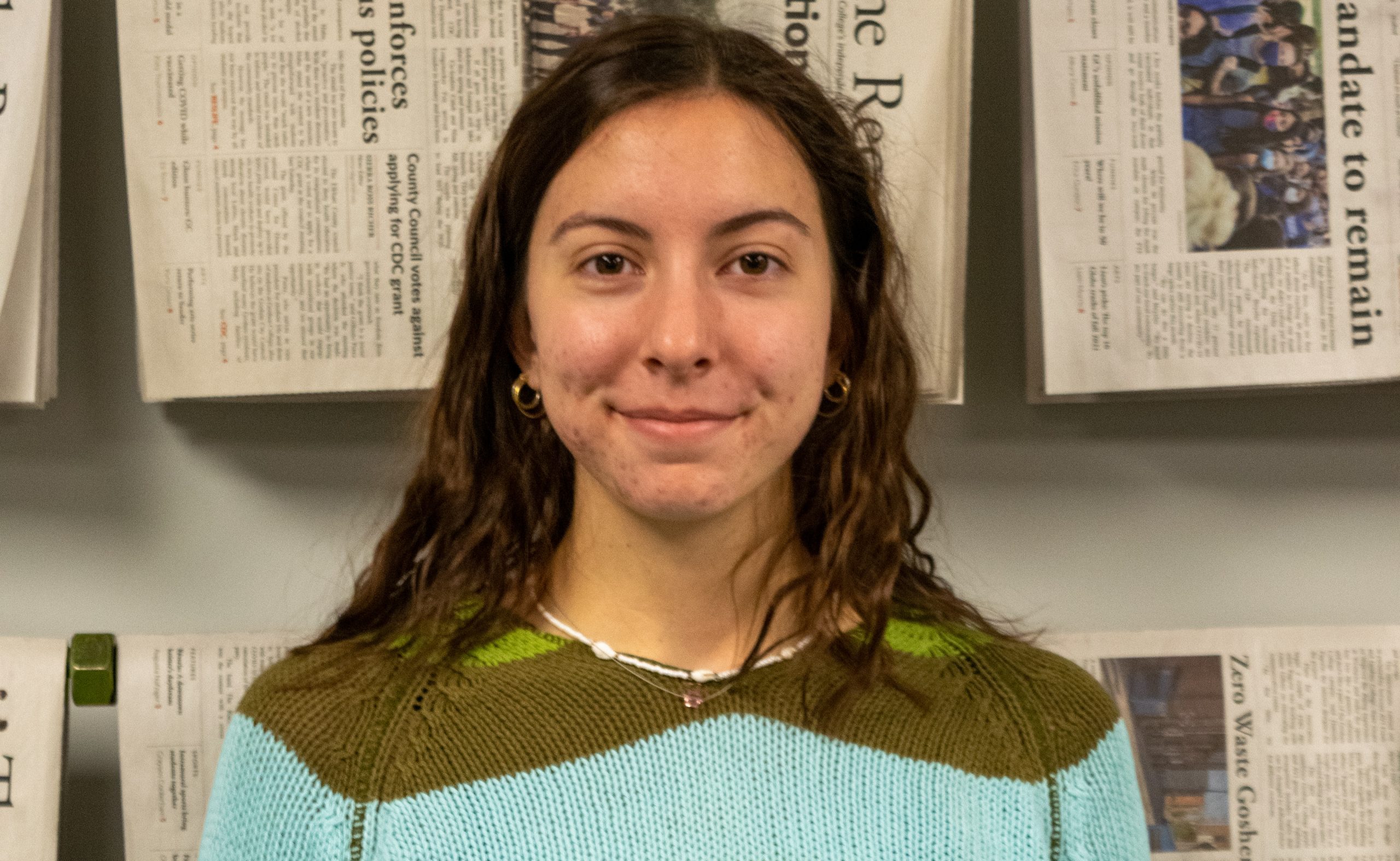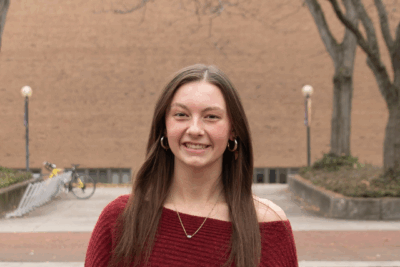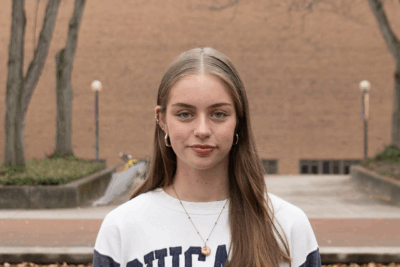After George Floyd’s death in the summer of 2020, Kelly Latimore, an artist from the community of the Catholic University of America (CUA) in Washington, received backlash after painting a controversial tribute to Floyd’s death. The painting consisted of the virgin Mary alongside Jesus, who both bore the facial features of George Floyd. Both Mary and Jesus were Black.
A few months after the painting was hung in the school library, a conservative website, The Daily Signal, spoke out against the painting as well as the university’s recently published report on diversity and inclusion. When the article was published, many students at the university gathered over 4,500 signatures on a petition to remove the painting. Soon after, the artwork was stolen.Determined to exercise her free speech and artistic rights, Latimore painted another version. In the same month, this one, too, was stolen. The student government decided that the painting, called “Mama,” should be banned from the university, citing the religious objections of students who were offended by the painting.
In a formal statement, the student government called the painting “blasphemous, offensive and at the very least confusing.”
Latimore continued to create iconography after the incident, but was disappointed with the university’s response. In November of 2021, responded to the confusion with his interpretation of the artwork: “Many people asked whether the man in the icon was ‘George Floyd or Jesus?’ The answer to that question is ‘yes.’”
“In the Gospel of Matthew, Jesus asks us to find him in all people, especially those who suffer, as George Floyd did.”
Although CUA is private, that does not mean that the administration or student body should be allowed to restrict Latimore’s religious expression. In the same way that White supremacists were permitted to march with torches on the campus of the University of Virginia back in 2018, students should be allowed to speak freely about their opinions on controversial issues.
In a Facebook post addressing the University of Virginia protest, Mike Signer, the Charlottesville mayor stated, “I am beyond disgusted by this unsanctioned and despicable display of visual intimidation on a college campus.”
At the time of the UVA protest, one-third of the university’s students were Black. I would argue that this protest could have been viewed as threatening to many students and as putting their education at risk. Nevertheless, the supremacist protestors were still allowed to march due to free speech rights.
In the case of the Catholic University of America, the artist’s symbolic speech was quickly silenced after some students found it offensive, despite the physically non-threatening nature of the painting.
Although referring to the 1927 case, Whitney v. California, Justice Louis Brandeis words are applicable: “the remedy to be applied is more speech, not enforced silence.”
This same standard should be enforced in private as well as public schools, to avoid the silencing of minority students.
Although there are some differences between the free speech laws in public and private institutions, students do not give up their constitutional protections by attending a private college.



